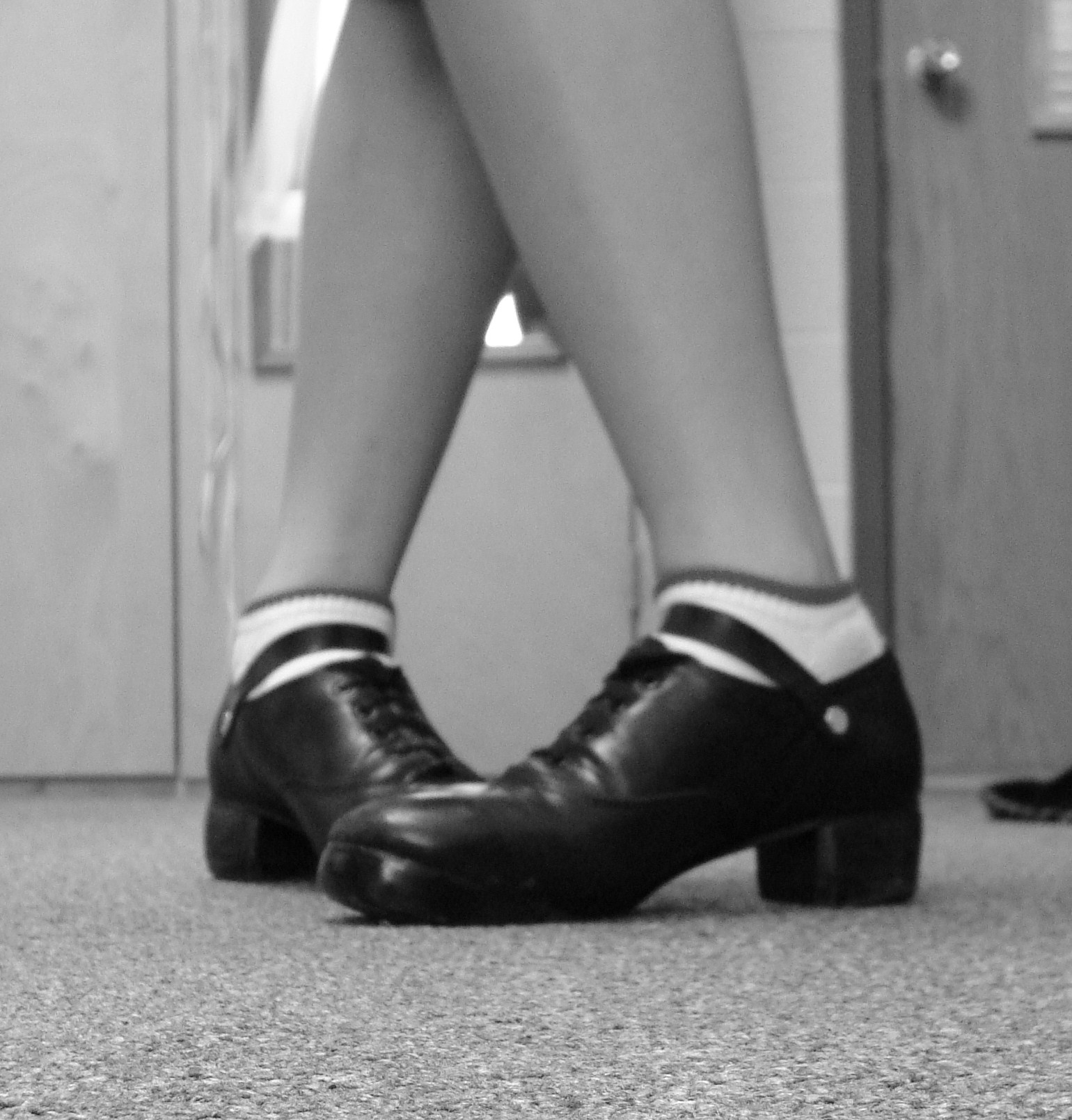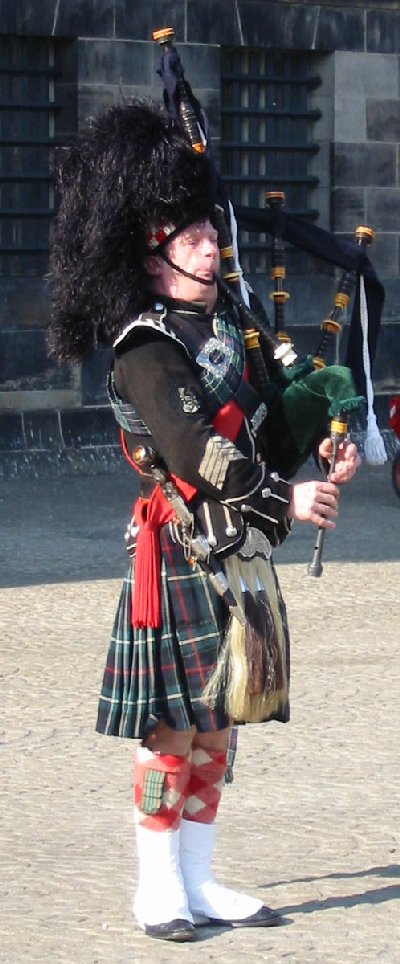|
The Devil's Dream
"The Devil's Dream" is an old fiddle tune of unknown origins. Played as either a jig or a reel, it is attested to as a popular tune from at least 1834 in New England. It also appears in a folk tale from central England dated to c. 1805. ''The Devil's Dream'' is, and has been since its introduction, a popular tune with fiddlers and dancers and has been recorded numerous times. Recordings The earliest known recordings of the tune include records by John Witzmann (in 1906 with the Victor Dance Orchestra and again in 1920), Harold Veo (1917), George Stehl (1920), William B. Houchens (February 1923), Jasper Bisbee (November 1923) and Tommy Dandurand (March 1927). Pop culture It is used by Bernard Herrmann as one of the principal themes in the film score to the movie ''The Devil and Daniel Webster'' to represent the plight of the New Hampshire farmers. Mentioned in Michael Martin Murphey's song ''Cherokee Fiddle'', popularized by Johnny Lee. The song was also featured on the con ... [...More Info...] [...Related Items...] OR: [Wikipedia] [Google] [Baidu] |
Reel (dance)
The reel is a folk dance type as well as the accompanying dance tune type. Of Scottish origin, reels are also an important part of the repertoire of the fiddle traditions of the British Isles and North America. In Scottish country dancing, the reel is one of the four traditional dances, the others being the jig, the strathspey and the waltz, and is also the name of a dance figure (see below). In Irish dance, a reel is any dance danced to music in ''reel time'' (see below). In Irish stepdance, the reel is danced in soft shoes and is one of the first dances taught to students. There is also a treble reel, danced in hard shoes to reel music. History The reel is indigenous to Scotland. The earliest reference was in a trial of 1590, where the accused was reported to have "daunced this reill or short dance." However, the form may go back to the Middle Ages. The name may be cognate with or relate to an Old Norse form, with Suio-Gothic '' rulla'', meaning "to whirl." This became Anglo ... [...More Info...] [...Related Items...] OR: [Wikipedia] [Google] [Baidu] |
Tim Fain
__FORCETOC__ Tim Fain is an Americans, American violinist, best known for his performances in the movie ''Black Swan (film), Black Swan'' and his work with American composer Philip Glass. Early life and education A native of Santa Monica, California, Fain is the son of Gordon and Margery Fain. Tim began studying violin at age 7 with his father, a Neurophysiology, neurophysiologist at University of California, Los Angeles, UCLA, and at age 10, he performed Ludwig van Beethoven, Beethoven’s Violin Sonata No. 5 (Beethoven), Spring Sonata for his 5th-grade classmates. While living with his family in Cambridge, Cambridge, UK during middle school, Fain studied under Haroutune Bedelian at the The Royal Conservatory of Music, Royal Conservatory of Music in London. After returning to the US for high school, Fain attended Crossroads School (Santa Monica, California), Crossroads School for the Arts and Sciences in Santa Monica. He also participated in a pre-college program for violin Mas ... [...More Info...] [...Related Items...] OR: [Wikipedia] [Google] [Baidu] |
19th-century Songs
The 19th (nineteenth) century began on 1 January 1801 ( MDCCCI), and ended on 31 December 1900 ( MCM). The 19th century was the ninth century of the 2nd millennium. The 19th century was characterized by vast social upheaval. Slavery was abolished in much of Europe and the Americas. The First Industrial Revolution, though it began in the late 18th century, expanding beyond its British homeland for the first time during this century, particularly remaking the economies and societies of the Low Countries, the Rhineland, Northern Italy, and the Northeastern United States. A few decades later, the Second Industrial Revolution led to ever more massive urbanization and much higher levels of productivity, profit, and prosperity, a pattern that continued into the 20th century. The Islamic gunpowder empires fell into decline and European imperialism brought much of South Asia, Southeast Asia, and almost all of Africa under colonial rule. It was also marked by the collapse of the large S ... [...More Info...] [...Related Items...] OR: [Wikipedia] [Google] [Baidu] |
Scottish Songs
Scotland is internationally known for its traditional music, which remained vibrant throughout the 20th century and into the 21st, when many traditional forms worldwide lost popularity to pop music. In spite of emigration and a well-developed connection to music imported from the rest of Europe and the United States, the music of Scotland has kept many of its traditional aspects; indeed, it has itself influenced many forms of music. Many outsiders associate Scottish folk music almost entirely with the Great Highland Bagpipe, which has long played an important part in Scottish music. Although this particular form of bagpipe developed exclusively in Scotland, it is not the only Scottish bagpipe. The earliest mention of bagpipes in Scotland dates to the 15th century although they are believed to have been introduced to Britain by the Roman armies. The ''pìob mhór'', or Great Highland Bagpipe, was originally associated with both hereditary piping families and professional pipers t ... [...More Info...] [...Related Items...] OR: [Wikipedia] [Google] [Baidu] |
Irish Songs
Irish may refer to: Common meanings * Someone or something of, from, or related to: ** Ireland, an island situated off the north-western coast of continental Europe ***Éire, Irish language name for the isle ** Northern Ireland, a constituent unit of the United Kingdom of Great Britain and Northern Ireland ** Republic of Ireland, a sovereign state * Irish language, a Celtic Goidelic language of the Indo-European language family spoken in Ireland * Irish people, people of Irish ethnicity, people born in Ireland and people who hold Irish citizenship Places * Irish Creek (Kansas), a stream in Kansas * Irish Creek (South Dakota), a stream in South Dakota * Irish Lake, Watonwan County, Minnesota * Irish Sea, the body of water which separates the islands of Ireland and Great Britain People * Irish (surname), a list of people * William Irish, pseudonym of American writer Cornell Woolrich (1903–1968) * Irish Bob Murphy, Irish-American boxer Edwin Lee Conarty (1922–1961) * Irish McCal ... [...More Info...] [...Related Items...] OR: [Wikipedia] [Google] [Baidu] |
Fiddle Music
A fiddle is a bowed string musical instrument, most often a violin. It is a colloquial term for the violin, used by players in all genres, including classical music. Although in many cases violins and fiddles are essentially synonymous, the style of the music played may determine specific construction differences between fiddles and classical violins. For example, fiddles may optionally be set up with a bridge with a flatter arch to reduce the range of bow-arm motion needed for techniques such as the double shuffle, a form of bariolage involving rapid alternation between pairs of adjacent strings. To produce a "brighter" tone than the deep tones of gut or synthetic core strings, fiddlers often use steel strings. The fiddle is part of many traditional (folk) styles, which are typically aural traditions—taught " by ear" rather than via written music. Fiddling is the act of playing the fiddle, and fiddlers are musicians that play it. Among musical styles, fiddling tends to pr ... [...More Info...] [...Related Items...] OR: [Wikipedia] [Google] [Baidu] |
Celtic Music
Celtic music is a broad grouping of music genres that evolved out of the folk music traditions of the Celtic people of Northwestern Europe. It refers to both orally-transmitted traditional music and recorded music and the styles vary considerably to include everything from traditional music to a wide range of hybrids. Description and definition ''Celtic music'' means two things mainly. First, it is the music of the people that identify themselves as Celts. Secondly, it refers to whatever qualities may be unique to the music of the Celtic nations. Many notable Celtic musicians such as Alan Stivell and Paddy Moloney claim that the different Celtic music genres have a lot in common. These following melodic practices may be used widely across the different variants of Celtic Music: *It is common for the melodic line to move up and down the primary chords in many Celtic songs. There are a number of possible reasons for this: **''Melodic variation'' can be easily introduced. Mel ... [...More Info...] [...Related Items...] OR: [Wikipedia] [Google] [Baidu] |
Bluegrass Songs
Bluegrass or Blue Grass may refer to: Plants * Bluegrass (grass), several species of grasses of the genus ''Poa'' **Kentucky bluegrass (''Poa pratensis''), one well-known species of the genus Arts and media *Bluegrass music, a form of American roots music *Bluegrass (Sirius), a bluegrass music satellite radio channel *Bluegrass Films, an independent film studio based in Los Angeles Places *Blue Grass, Iowa, a city in the United States *Blue Grass, Minnesota, an unincorporated settlement in the United States *Blue Grass, Virginia, an unincorporated settlement in the United States *Bluegrass region, a geographic region in the US state of Kentucky *Blue Grass Airport, an airport in Fayette county, Kentucky Other uses *''Blue Grass'', a 1915 film with Thomas A. Wise *Blue Grass Army Depot, a munitions storage depot in Richmond, Kentucky * Blue Grass, a brand name used by Belknap Hardware and Manufacturing Company *''Bluegrass'', a passenger train of the Monon Railroad T ... [...More Info...] [...Related Items...] OR: [Wikipedia] [Google] [Baidu] |
American Folk Songs
The term American folk music encompasses numerous music genres, variously known as ''traditional music'', ''traditional folk music'', ''contemporary folk music'', ''vernacular music,'' or ''roots music''. Many traditional songs have been sung within the same family or folk group for generations, and sometimes trace back to such origins as the British Isles, Mainland Europe, or Africa. Musician Mike Seeger once famously commented that the definition of American folk music is "...all the music that fits between the cracks." American folk music is a broad category of music including bluegrass, gospel, old time music, jug bands, Appalachian folk, blues, Cajun and Native American music. The music is considered American either because it is native to the United States or because it developed there, out of foreign origins, to such a degree that it struck musicologists as something distinctly new. It is considered "roots music" because it served as the basis of music later develope ... [...More Info...] [...Related Items...] OR: [Wikipedia] [Google] [Baidu] |
Quebec Fiddle
Quebec fiddle is a part of the Old time fiddle canon and is influential in New England and Northwest fiddle styles. History and development According to Reiner and Anick, the affinity between Anglo-Celtic and French fiddle music dates to the 17th century. Solo style predominated in the rugged frontier land where a small fiddle could be easily managed. Thus, cross tunings, drone notes and complex rhythms evolved to fill the gaps left in unaccompanied playing and this resulted in a highly developed style. Clogging was often the only available accompaniment, and, much like the Indigenous Metis fiddle style, percussive and rhythmic playing is notably developed in this style. As with the French-speaking Cajun fiddle style, German button accordion created a fad which temporarily influenced the form, as did the eventual introduction of piano in the urban center Montreal. Repertoire and style The repertoire is, in some respects, generally the same as that of American fiddle, American, Can ... [...More Info...] [...Related Items...] OR: [Wikipedia] [Google] [Baidu] |



.jpg)

